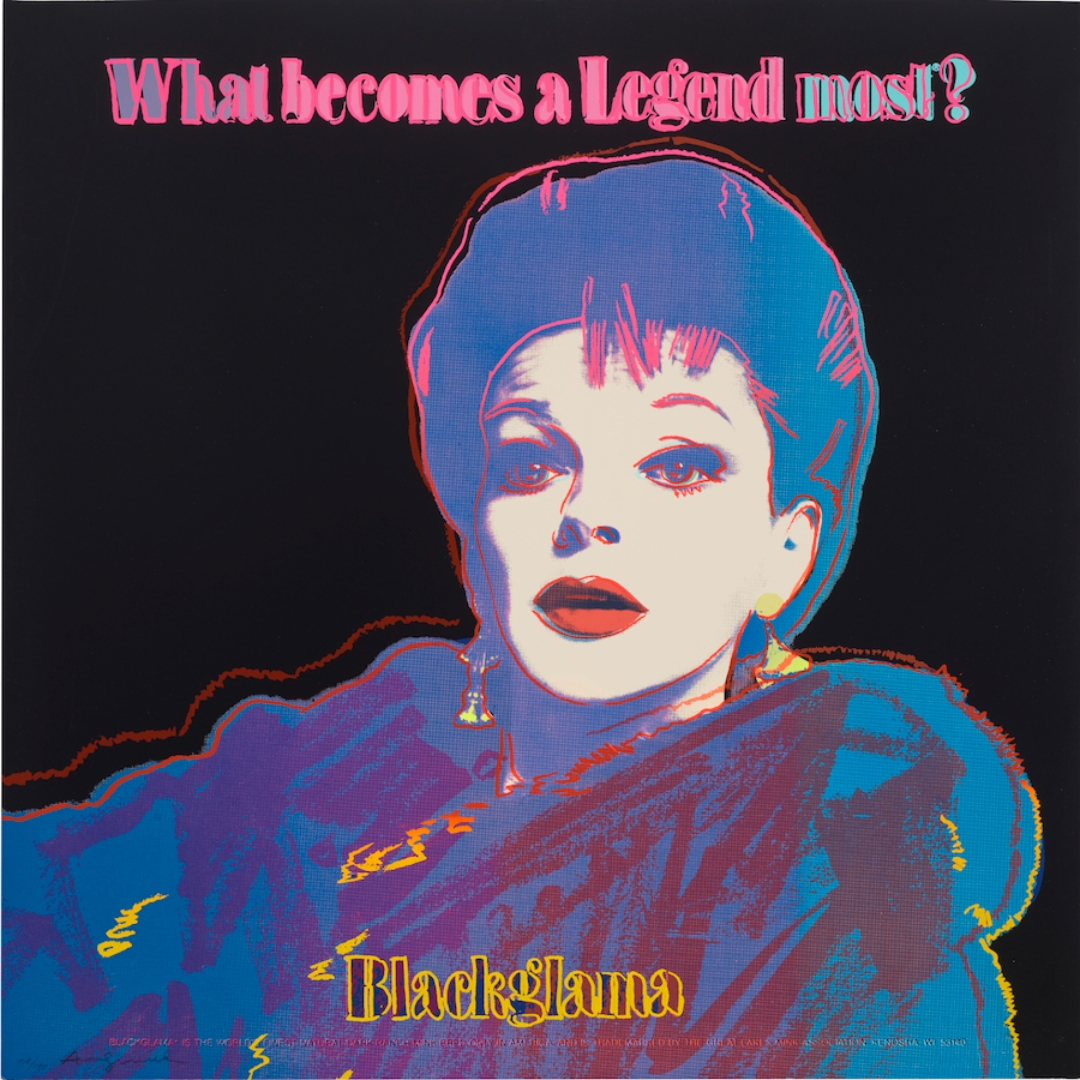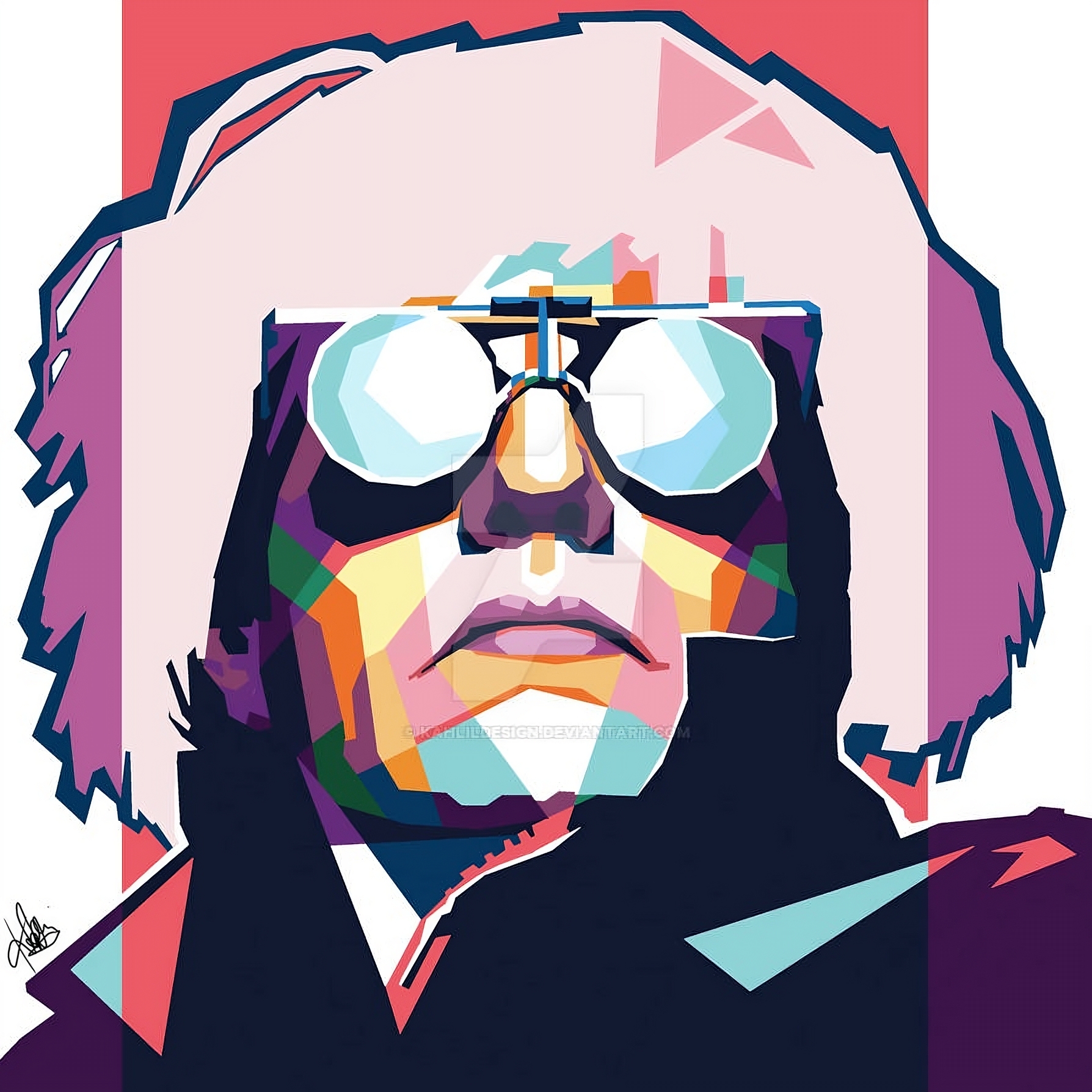In the annals of art history, few names resonate as resoundingly as that of Andy Warhol. A maverick, an iconoclast, and a visionary, Warhol revolutionized the art world with his distinctive approach to creativity.
Through his exploration of consumer culture, mass media, and celebrity, Warhol not only produced iconic works of art but also reshaped the very fabric of contemporary art itself. At the heart of Warhol’s oeuvre lies his uncanny ability to elevate every day concepts to the height of an entire art movement.
His fascination with popular culture manifested itself most notably in his portrayal of celebrities, none more iconic than Marilyn Monroe. In his series of Marilyn Monroe portraits, Warhol immortalized the Hollywood starlet, transforming her image into a symbol of both glamour and vulnerability.
Through his signature silk-screening technique, Warhol captured Monroe’s essence with a vividness that transcended mere representation. Each iteration of Monroe’s visage, rendered in bold colors and stark contrasts, serves as a poignant commentary on the ephemeral nature of fame and the commodification of beauty in modern society.
Equally emblematic of Warhol’s artistic genius is his exploration of the mundane through his iconic Campbell’s Soup Cans series. In this groundbreaking work, Warhol transformed a ubiquitous household item into a potent symbol of consumerism and mass production.
By meticulously reproducing the familiar labels of Campbell’s Soup cans onto canvas, Warhol challenged traditional notions of art and beauty, prompting viewers to reevaluate the very concept of artistic value. Through this seemingly banal subject matter, Warhol confronted viewers with profound questions about the nature of art in an age of industrialization and mass consumption.
In addition to his exploration of celebrity and consumer culture, Warhol’s oeuvre also encompassed a keen engagement with the realm of television and popular media. His piece “Howdy Doody” stands as a testament to his fascination with the omnipresence of television in American culture.

Through his deconstruction of the eponymous puppet character from the iconic children’s television show, Warhol blurred the boundaries between high and low culture, inviting viewers to reconsider the hierarchies that govern artistic discourse. “Howdy Doody” serves as a potent reminder of Warhol’s commitment to democratizing art, making it accessible to audiences beyond the confines of the traditional art world.
Indeed, the enduring legacy of Andy Warhol lies not only in his artistic output but also in his profound impact on the trajectory of contemporary art. Through his radical reimagining of subject matter, technique, and aesthetic sensibility, Warhol challenged entrenched notions of artistic authenticity and originality. His elevation of mass-produced imagery to the status of high art paved the way for subsequent generations of artists to explore the intersection of art, commerce, and popular culture.
Moreover, Warhol’s influence extends far beyond the confines of the art world, permeating popular culture in myriad ways. From fashion to music to advertising, Warhol’s aesthetic sensibility continues to shape the visual landscape of contemporary society. His iconic imagery, characterized by bold colors, repetition, and a sense of detachment, remains as potent and relevant today as it was during his heyday in the 1960s.
Without contest, Andy Warhol stands as a towering figure in the pantheon of modern art, his legacy enduring far beyond his own lifetime. Through his exploration of celebrity, consumer culture, and mass media, Warhol revolutionized the very essence of artistic expression, forever altering the course of contemporary art.
His work is currently on display at DTR Modern Gallery Soho. For further information visits dtrmodern.com and get a list of available blue chip works contact info@dtrmodern.com.
Art Talk: Pop Art vs. Impressionism in the art market

In the vast landscape of art history, two movements stand out for their profound impact on the art market: Pop Art and Impressionism. While vastly different in style and philosophy, both movements have wielded significant market power, albeit in distinct ways.
Impressionism, born in the 19th century, challenged the conventions of academic painting with its emphasis on capturing the fleeting effects of light and color. Artists like Claude Monet, Pierre-Auguste Renoir, and Camille Pissarro revolutionized the art world by painting en plein air, depicting everyday scenes with a sense of immediacy and spontaneity.
Despite facing initial resistance from traditional art institutions, Impressionism eventually garnered immense market power, becoming one of the most coveted and financially lucrative movements in art history. Today, Impressionist masterpieces command astronomical prices at auction houses, with works fetching millions of dollars from collectors around the world.
On the other end of the spectrum lies Pop Art, a movement that emerged in the mid-20th century as a reaction against the elitism of abstract expressionism. Led by artists such as Andy Warhol, Roy Lichtenstein, and Claes Oldenburg, Pop Art embraced the imagery of popular culture, elevating everyday objects and icons to the realm of high art.
With its bold colors, graphic style, and appropriation of mass media imagery, Pop Art captured the zeitgeist of postwar consumer culture. Unlike Impressionism, which sought to capture the fleeting beauty of the natural world, Pop Art embraced the manufactured and the mass-produced, reflecting the commercialism of the modern era.
Despite its initial skepticism from critics, Pop Art quickly gained traction in the art market, appealing to a new generation of collectors drawn to its irreverent spirit and cultural relevance. Today, Pop Art continues to exert significant market power, with iconic works such as Warhol’s Marilyn Monroe portraits and Lichtenstein’s comic book-inspired paintings fetching astronomical prices at auction.
In comparing Pop Art and Impressionism in terms of market power, it becomes evident that both movements have left an indelible mark on the art world, albeit through different means. While Impressionism carved out its niche through its revolutionary approach to painting and its timeless depictions of everyday life, Pop Art revolutionized the art market by challenging traditional notions of artistic value and embracing the imagery of mass culture. Despite their differences, both movements have proven to be immensely lucrative for collectors and investors, with works from both camps commanding top dollar at auction houses worldwide.
Ultimately, the battle of market power between Pop Art and Impressionism serves as a testament to the enduring allure of art and its ability to captivate audiences across generations.





